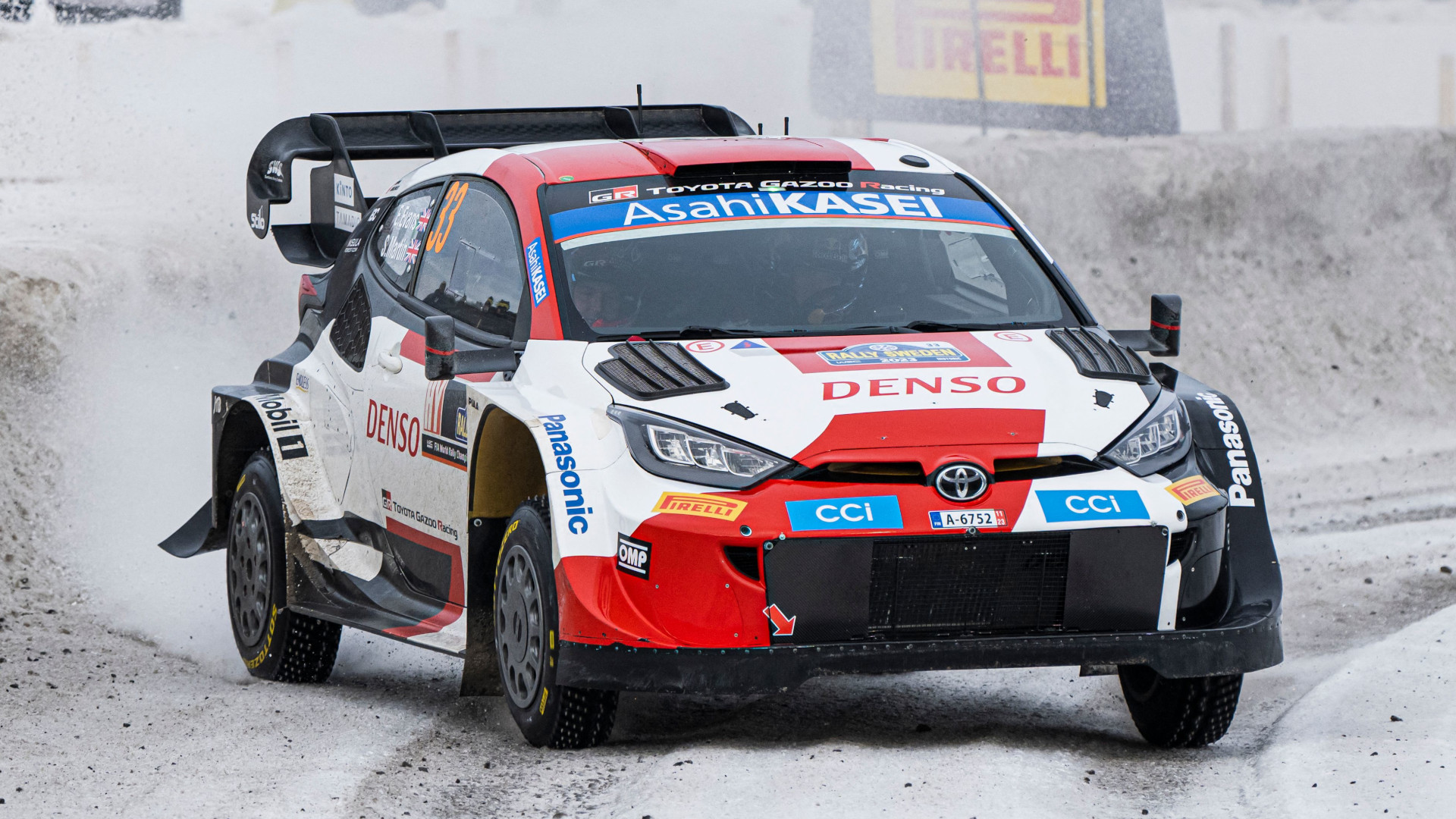

Racecars were once unapologetically loud. In recent years, though, hybrid and electric drivetrains have quietened things down a lot. As far as the World Rally Championship is concerned, however, the FIA is eager to turn up the volume. According to Autosport, the FIA has declared that the WRC’s hybrid Rally1 cars must make more noise when operating in full-electric mode.
The decision came from a meeting of the World Motor Sport Council in Bahrain last week, with the ruling to take effect from May 1 onwards.
WRC teams will have to fit sound modules to their cars to comply with the ruling. They must deliver a minimum sound level of 80 dB at a distance of two meters (6.6 feet) in front of or behind the car. Measurements are to be taken at a height of one meter (3.3 feet). The sound modules must operate when the car is in full EV mode but will shut down at speeds over 30 km/h (18 mph).
The WRC introduced the hybrid Rally1 cars last season. The change was made with an eye to the environment. The cars run a spec electric motor from Compact Dynamics as part of a hybrid drivetrain. It provides up to 134 hp in addition to the combustion engines developed by each team. In addition to the hybrid drivetrain, the cars also run on sustainable fuel provided by P1 Racing Fuels.
The electric motor is used to supply additional power for acceleration, while also recuperating energy with regenerative braking. The Rally1 cars are also required to run in pure EV mode at times. This includes in and around the service parks, and on certain sections of transit stages. The latter measure is intended to reduce disruption to communities located on the way to rally stages.

Since the regulations only require the sound modules to operate at low speed, it’s understood the new requirement is largely due to safety concerns. When driving on electric power alone, cars can be very quiet. This can cause incidents when pedestrians do not hear them coming. With pandemic-era restrictions easing, more people are returning to rally service parks. In these areas, it’s helpful for team members and officials to be able to hear cars coming in a fast-paced, crowded environment.
We’ve seen noisemakers fitted to other electrified rally cars before, though with different intent. Cars in the Opal e-Rally Cup, for example, are pure electric vehicles that make a synthesized engine-like noise when driving. This is intended for spectator appeal rather than safety reasons alone. However, the weird growly buzz isn’t the most appealing thing in the world.
While the additional safety measures are a good thing, many motorsport fans still miss the noisier days of yesteryear. As more series take to electric power, the soundtrack of motorsport looks set to get quieter still in years to come. There are possible solutions, of course. Thus far, even the best fake sounds struggle to compare to the visceral wail of burning gasoline set alight thousands of times a minute.
Got a tip? Let the author know: lewin@thedrive.com